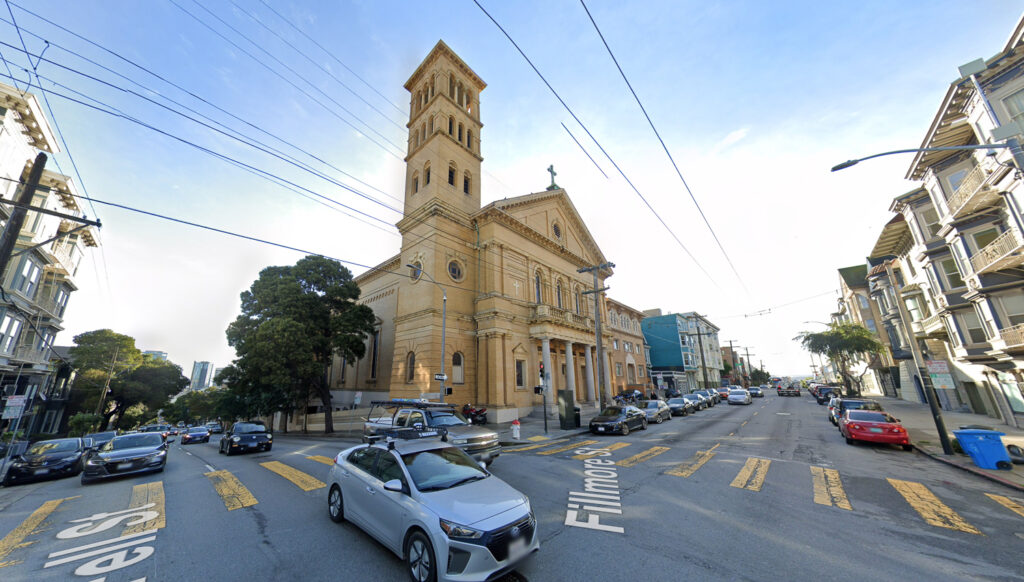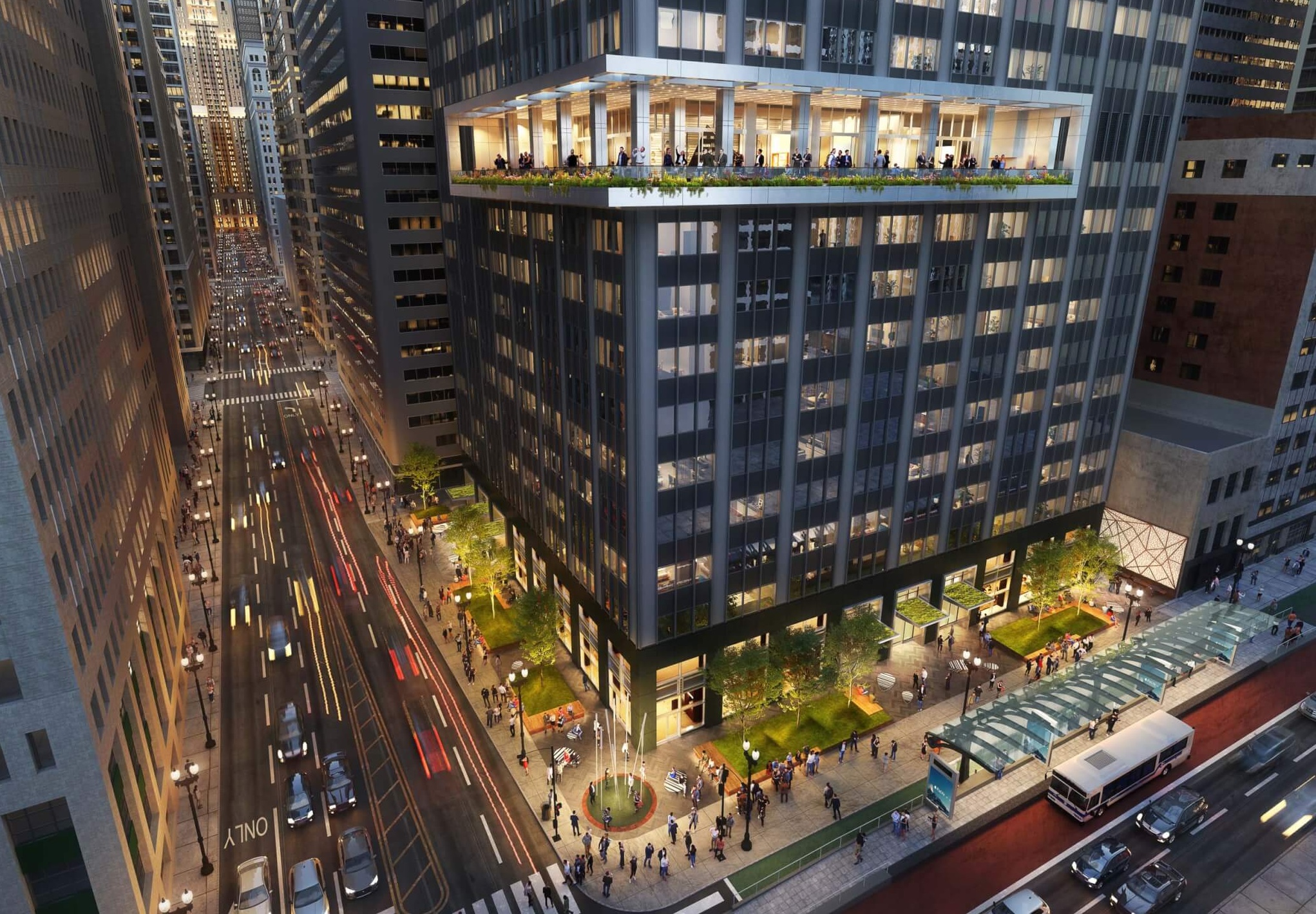Work, Play, Live: The New Trend in Residential Conversions
It’s no secret that the way we work has drastically changed in recent years. The rise of remote work and hybrid schedules has rendered the traditional concept of office spaces obsolete. This shift is not only altering work dynamics – it’s also reshaping our cities’ landscapes.
Downtown areas, particularly, are grappling with a significant decline in office occupancy. This change has led to increased vacancies, prompting a need for creative solutions to rejuvenate these spaces.
The Rise of Office to Residential Conversions
The Wall Street Journal recently published that current U.S. office vacancy rates are the highest recorded at 19.6%. A recent report by commercial real estate firm CBRE highlights a decrease in demand for office space in downtown areas by 14% since before the pandemic in 2019. Conversely, demand for multifamily housing has risen by 21% over the same period. This shift has opened up opportunities for developers to convert underutilized office spaces into residential units, catering to the growing needs for housing and urban revitalization. From Lower Manhattan to the Chicago Loop (pictured above) office properties are now being considered as potential new homes.
In the dynamic landscape of urban development, the adaptive reuse of older office buildings, commercial spaces, and even churches, for residential purposes stands out as a sustainable and innovative solution. This approach not only addresses the challenges of aging infrastructure but also contributes to the creation of vibrant, mixed-use urban environments. Repurposing older office buildings into residential spaces – It’s the future of our built world.
According to CBRE, there are currently 60 million sq. ft. of office conversions planned or underway, which accounts for 1.4% of total U.S. office inventory.
More Housing Brings Downtowns Back to Life
Take San Francisco’s Financial District as an example. Once a bustling hub, it’s now quieter, with fewer cars and pedestrians. The shift to a more flexible work schedule has led to serious vacancy rates in office buildings, prompting owners to explore new uses, including residential transformations.
This change isn’t just about providing a place to live; it’s about creating vibrant communities. Effective placemaking, which involves reimagining and redesigning public spaces, plays a crucial role in this transformation. It promotes health, happiness, and well-being, fostering a sense of belonging and community.
Now, it’s obvious that many – if not most – buildings are not immediately ripe for this conversion. However, the new shift in demand is creating an opportunity for developers to convert underutilized office spaces into residential units, meeting the growing demand for housing while also revitalizing urban areas.
Any developer looking to make an office-to-residential conversion also needs to plan for the necessary amenities and services that will attract and support new residents. This includes considering factors such as adding retail and restaurants, but also things like walkability, access to public transportation, green spaces, and community events. By incorporating these elements into their design plans, developers can create truly livable communities that meet the needs of modern city dwellers.
Effective placemaking can transform these underutilized areas into bustling hubs of activity and culture, further enhancing the livability and appeal of urban centers.
San Fransisco is Learning from Other Cities
Cities like San Francisco are drawing lessons from New York City, and of all places, Calgary, Canada for repurposing buildings and bringing their Central Business Districts (CBDs) back to life as 24-hour urban destinations where people live work, and play.
Calgary, for instance, had plans for office conversion projects even before the pandemic struck. The city contributed $73 million to support these conversions, part of a larger ‘Downtown Office Conversion Program.‘ This kind of government support makes the business case for conversions more compelling to developers.
“Having that grant funding in place … makes the business case much more compelling to developers,” Victoria Girardo, Vice-President of Real Estate lending at Canadian Western Bank, said in an interview with the Financial Post.
Unique Conversion Projects that Transform Historic Buildings
Even churches have become some of the most unique and exciting locations to convert to housing as is a project in San Francisco in the Lower Haight; the conversion of historic Sacred Heart Church on Filmore into five market-rate apartments and 36 group housing units will bring the building back to life and add to the vitality of the neighborhood.
These projects breathe new life into neglected structures, transforming them into vibrant hubs that attract residents, businesses, and investors.

Marketing the Past to New Residents
Commercial Real Estate developers have an opportunity to position these new residential buildings with an updated brand identity and use the history of the building to create a unique story that will resonate with potential residents. This marketing strategy can help attract new residents while also preserving the legacy of these iconic buildings.
Positioning New Housing Brands by Leveraging the Past
This is what Radiant does for our clients – develop strategies, build brands, create websites, and tell stories through marketing efforts. Creating a unique brand is critical to the successful conversion of office spaces to residential units and can make all the difference in attracting tenants and investors alike.
Office to Residental Considerations:
- Sustainable Development – One of the primary advantages of converting older office buildings to residential use is the promotion of sustainable development. Repurposing existing structures reduces the need for new construction, minimizing the environmental impact associated with demolishing old buildings and constructing new ones. This sustainable approach aligns with modern principles of eco-friendly urban planning and reduces the carbon footprint of the built environment.
- Cost-Efficiency – Adaptive reuse of older office buildings often proves to be more cost-effective than demolishing and constructing new structures. The existing framework and infrastructure can be leveraged, significantly reducing construction costs and accelerating the development timeline. This cost-efficiency attracts developers and investors, making such projects financially viable.
- Preserving Architectural Heritage – Many older office buildings boast architectural significance that reflects the design trends of their respective eras. Converting these structures into residential spaces preserves the architectural heritage of the community, maintaining a connection with the past while meeting the evolving needs of the present. Adaptive reuse allows for the integration of historical elements into modern living spaces, creating a unique and culturally rich environment.
- Encourage Government Support – As this trend continues to grow, governments need to support and incentivize developers to repurpose older office buildings. This can include tax breaks and streamlined approval processes for conversion projects as the city of Calgary has done.
- Engaging Communities – Developers should actively engage with the local community when planning conversions and marketing efforts, taking into account their needs and concerns. This promotes collaboration and ensures that the new residential spaces are tailored to the community’s specific needs.
As cities continue to grapple with the challenges of accommodating growing populations, the adaptive reuse of existing structures emerges as a pragmatic and forward-thinking solution that not only reuses past buildings but brings vitality and excitement to communities and downtowns, ensuring the sustainable development of urban spaces for generations to come.
